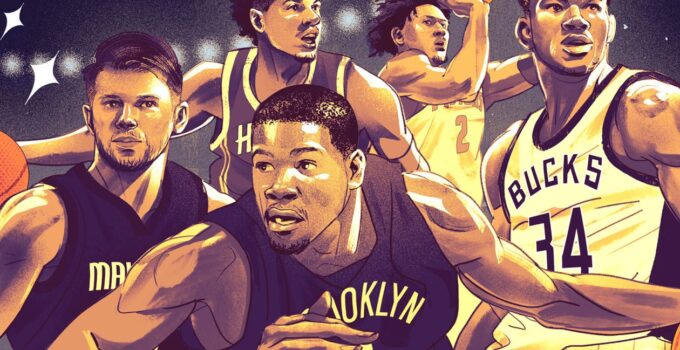As the sports world continually evolves, the notion that the biggest cities invariably lead the pack is challenged more and more. A surprising reality in the NBA landscape of 2024 is that not all teams play under the bright lights of mega metropolises. Some of the most determined and gritty franchises hail from what are considered the smallest markets in the league.
With fans and critics alike often focusing on powerhouses from New York or Los Angeles, the smallest market NBA teams battle for recognition and financial success with a fraction of the resources. This article takes an insightful dive into 2024’s Smallest Market NBA Teams Ranked, giving you a peek into the David and Goliath story playing out on the hardwood.
Using a critical lens on the NBA teams by market size, we pinpoint the Smallest NBA markets in 2024. The NBA smallest markets list offers an unconventional view on the correlation between market size and team success, undercutting the assumption that bigger always equates to better. It’s time to turn our attention to the NBA teams with the lowest market size, where passion and strategy often trump sheer numbers.
Understanding the dynamics at play for these NBA underdogs sheds light on how they maneuver in an arena often dominated by teams from more populous locales. Ready to find out who makes the list? Let’s explore, rank, and understand the unique space these small market teams occupy in the current NBA echelon.
Key Takeaways
- Overview of the size and scope of NBA smallest markets in 2024.
- Ranking of the NBA teams operating within the smallest TV audience markets.
- Insights into how market size influences a team’s operations and financial health.
- Understanding the unique challenges faced by smaller market NBA teams compared to their large-market counterparts.
- Discussion of the factors that contribute to a small market team’s success in the league.
- Anticipation of the strategies employed by small market teams to maintain competitiveness in the NBA landscape.
The Impact of Market Size on NBA Team Operations

Source: gamerant.com
In the National Basketball Association, the influence of market size on team operations cannot be understated. For NBA teams, specifically those ranked among the NBA’s smallest market teams, the tie between market size and financial potential is a foundational aspect of their business approaches. Smaller markets often face steeper competition for local advertising revenue, with a smaller base of local businesses resulting in tighter revenue streams for these franchises.
Local television deals represent a significant portion of an NBA team’s income, and market size plays a pivotal role in determining the value of these deals. The teams located in large metropolitan areas benefit from expansive local TV audience sizes, which directly translates to higher advertising rates and, by extension, more substantial revenue from broadcast deals. Conversely, teams in smaller markets must creatively maximize their NBA sponsorship opportunities to stay financially competitive.
One key aspect affecting the 2024 NBA market ranking is the teams’ ability to attract star players and maintain a certain standard of competitiveness. Larger markets are naturally more appealing to free agents due to their enhanced visibility, potential for greater endorsement deals, and more extensive fan bases. Smaller market teams must compensate for these limitations by excelling in talent development and fostering a committed local fan base.
The challenges tied to the NBA market size impact are multifaceted but not insurmountable. Even as teams from smaller markets navigate the complexities of operating within a limited local economic landscape, they have continuously found innovative ways to build competitive and commercially successful franchises. Through strategic management, these teams can create unique opportunities that balance the scales in an Association dominated by teams from larger, wealthier locales.
Understanding TV Market Size and Metro Population’s Role
Grasping the intricacies of how TV market size and metro population contribute to the economics of an NBA franchise is fundamental for appreciating the unique position of smaller markets in the league. The local TV audience represents a substantial component of a team’s revenue model, while metro population demographics provide insight into potential market growth and fan engagement opportunities.
Defining the Local TV Audience
The concept of a local TV audience is quantified by the number of households that can potentially view a team’s games within its designated market area. This figure not only affects a team’s ability to attract regional advertising but is also a critical metric for negotiating television broadcast rights. Smaller market teams often grapple with limited exposure, which can directly influence their local TV audience size.
Correlation between Metro Population and Team Revenue
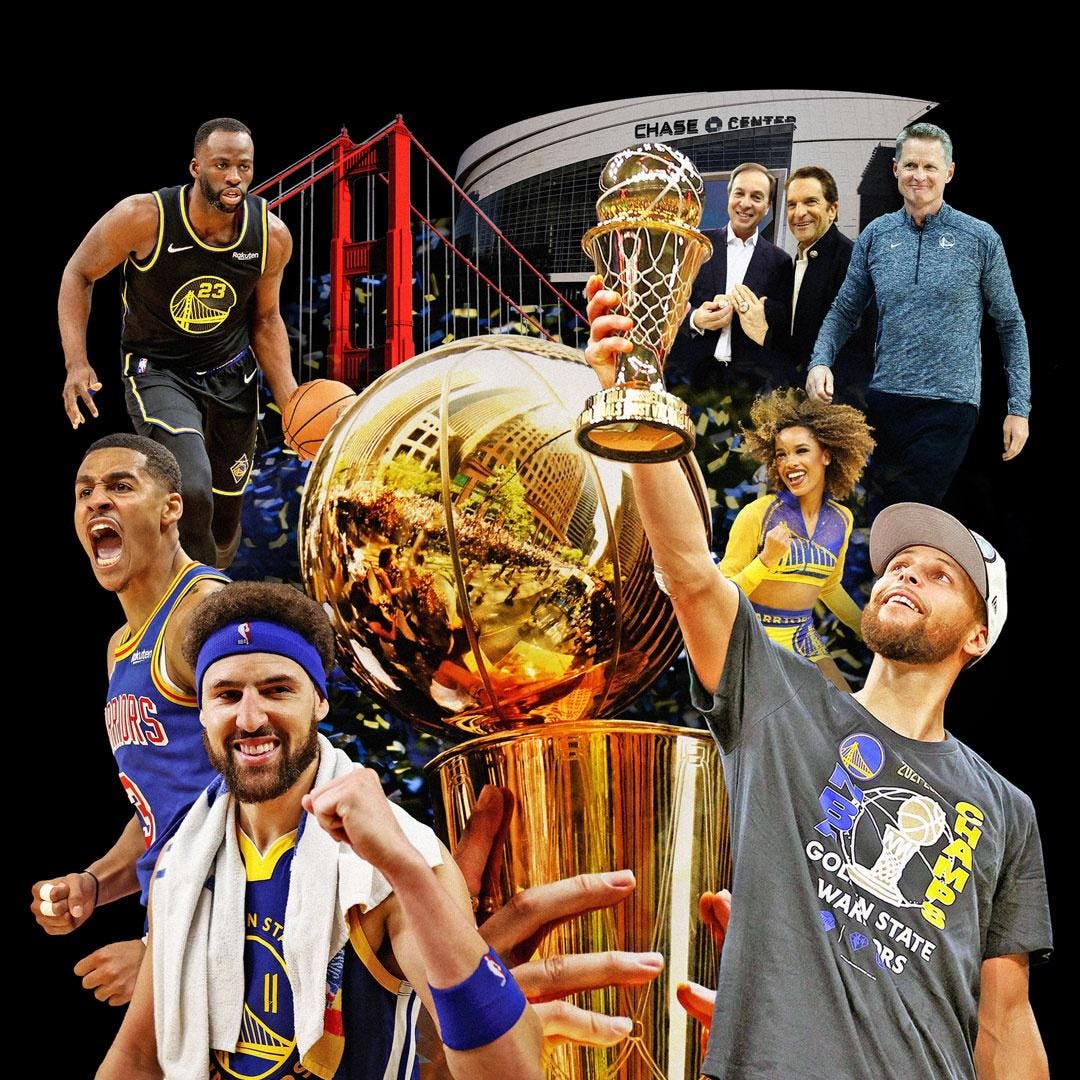
Source: forbes.com
There is an undeniable link between the population of a metropolitan area and the financial performance of its NBA team. A larger metro population typically translates to a larger fanbase, which subsequently boosts team revenue through multiple channels, including ticket sales, merchandise, and local sponsorships.
Let’s delve into a comparative analysis of NBA teams and their TV market sizes versus their metro populations:
| NBA Team | TV Market Size (Homes) | Metro Population | Generated Local Revenue (Est.) |
|---|---|---|---|
| Memphis Grizzlies | 633,000 | 1,340,000 | $30 million |
| New Orleans Pelicans | 650,000 | 1,270,000 | $32 million |
| Oklahoma City Thunder | 722,000 | 1,408,000 | $35 million |
This table exemplifies how a smaller TV market size can be reflective of a smaller metro population and, in turn, can potentially yield lower NBA team revenue.
Highlighting the Largest NBA Markets for Perspective
To fully grasp the variances within NBA team environments, a largest NBA market analysis presents a revealing contrast when juxtaposed with their smaller counterparts. Big-market NBA teams, such as the New York Knicks and LA Lakers, command the spotlight not merely because of their storied histories but also thanks to their colossal market size, popularity, and robust economic foundations.
The implications of belonging to one of the lead markets are far-reaching, impacting everything from branding opportunities to player salaries. For instance, the New York Knicks, hailing from a city often synonymous with the essence of basketball, enjoy a substantial share of the sport’s revenues and spotlight. Their market size allows them to secure lucrative deals and partnerships, vastly broadening their commercial reach. Similarly, the LA Lakers epitomize the allure of Tinseltown – Hollywood’s magic seemingly bolstering their global brand equity.
A NBA market size comparison between the largest and smallest markets offers an incisive look at the disparities faced by teams. Here are some vital insights into the biggest NBA markets:
- New York Knicks and Brooklyn Nets dominate the East Coast, with TV market sizes surging beyond the two-million-home mark.
- The LA Lakers and their cross-hall rivals, the LA Clippers, engage the vast Southern California audience, leveraging the region’s widespread appeal and vibrant culture.
- Chicago Bulls and Philadelphia 76ers further accentuate the prominence of big-market NBA teams, drawing in countless fans with their rich basketball history and large metropolitan bases.
Ultimately, understanding the magnitude of these markets underscores the competitive nature of the NBA landscape and the inherent benefits some franchises hold. This context allows for a profound appreciation of the dynamics at play within the league’s diverse market structures.
The Smallest Market NBA Teams in 2024 (Ranked)
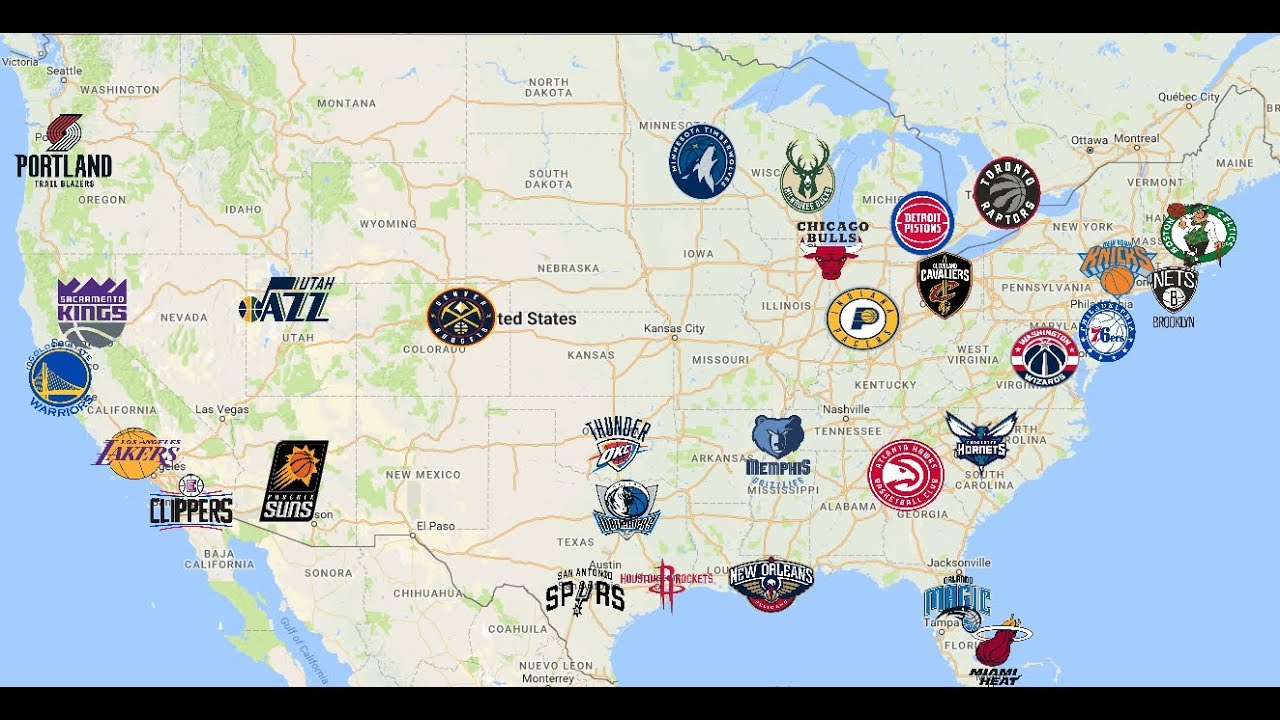
Source: m.youtube.com
As the NBA continues to evolve, the size of the market each team occupies has a significant effect on their operations and success. In 2024, a few teams stand out not for the size of their market, but rather the modesty of it. Headlining the smallest NBA markets 2024 list are the Memphis Grizzlies, followed closely by the New Orleans Pelicans and the Oklahoma City Thunder.
Each team faces unique challenges due to their relatively small TV market sizes, which fall under 1.5 million homes and influence their positioning on the NBA team market size ranking. Here’s a detailed rundown of these teams and their market sizes:
| Rank | Team | TV Market Size (Homes) | Challenges Noted |
|---|---|---|---|
| 1 | Memphis Grizzlies | 633,000 | Limited local advertising and sponsorship opportunities |
| 2 | New Orleans Pelicans | 647,000 | Smaller revenue from regional TV deals |
| 3 | Oklahoma City Thunder | 717,000 | Difficulty in attracting high-profile free agents |
The NBA smallest markets list not only highlights the challenges these teams face but also underscores their need to innovate and explore unique strategies to remain competitive. Despite the hurdles of smaller markets like those of the Memphis Grizzlies, New Orleans Pelicans, and Oklahoma City Thunder, each franchise’s tenacity and community engagement continue to define their journey within the league.
Unique Challenges Faced by Smallest NBA Markets
While teams from New York or Los Angeles bask in the spotlight, franchises in small NBA markets face an uphill battle in several key business areas. Their experiences are critical in understanding the league’s diversity and the resilience required to operate in less favorable conditions.
Less Advertising and Sponsorship Opportunities
In the shadows of the bustling metropolises, the challenges of small NBA markets become apparent in the realm of advertising and sponsorship. The advertising potential in NBA circles often correlates directly with market size. As sponsors seek maximum exposure, smaller markets struggle to present an equally attractive proposition, limiting their ability to drive significant revenue through these channels.
Lower Free Agent Lure Compared to Larger Markets
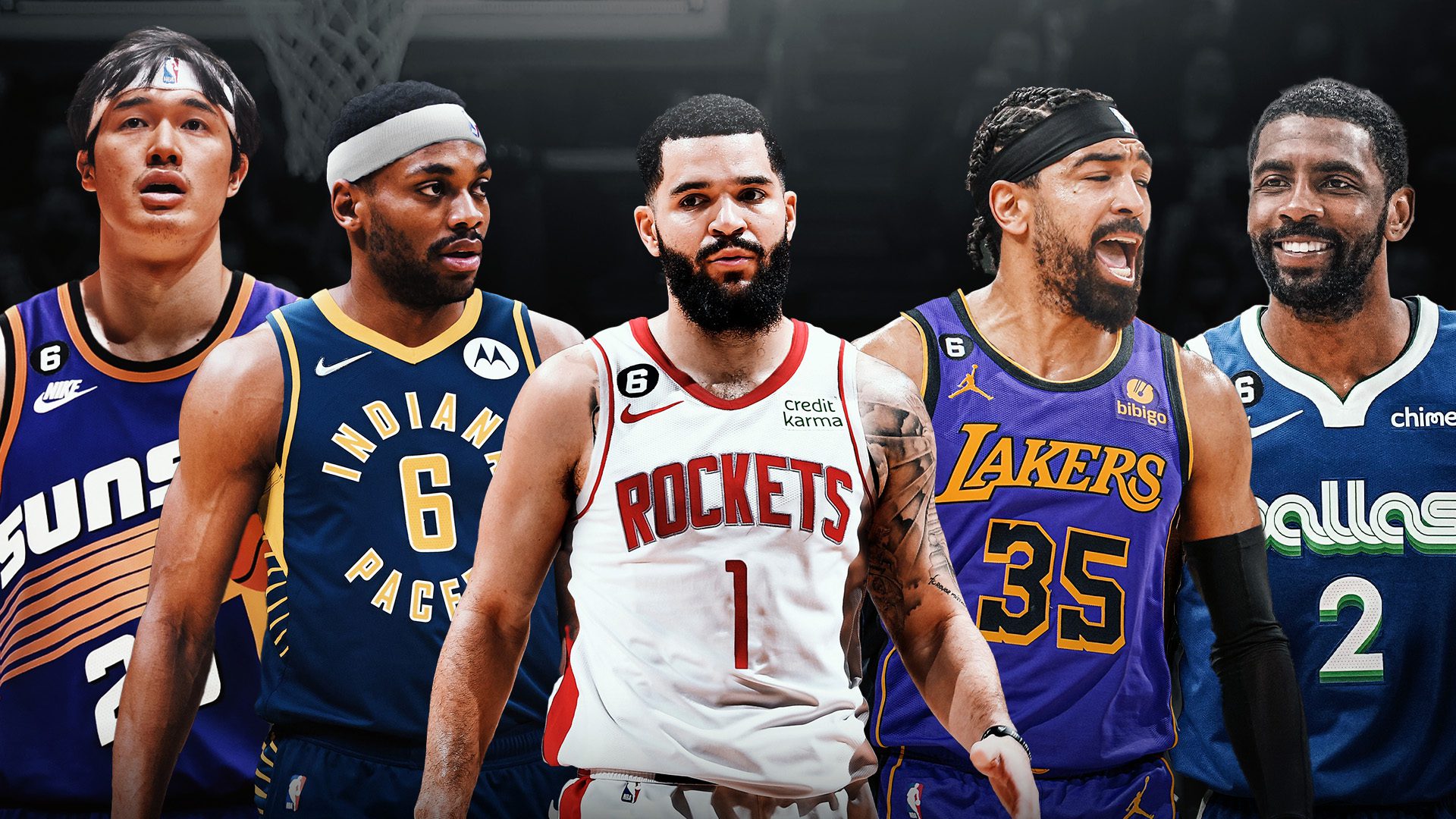
The NBA free agent marketability is yet another area where small markets can’t compete head-on with their larger counterparts. The appeal of playing in a renowned city with an extensive fan base and heightened media presence often sways athletes’ decisions, diminishing the capacity of small-market teams to attract marquee talent solely based on location.
Smaller Revenue from TV Deals
NBA TV deal revenue plays a crucial financial role for teams across the league. However, small-market franchises typically have smaller audiences, translating into less profitable TV contracts. This disparity in media rights earnings escalates financial differences and impacts a team’s ability to invest in resources like player development and facilities.
Competitiveness of Smallest Market Teams
Confronting the towering presence of franchises in large cities, smallest market NBA teams harness a unique blend of strategies to sustain their NBA team competitiveness. The intricate assembly of a capable roster, inculcation of NBA community legacy, and adherence to shrewd NBA draft strategy are tantamount to maintaining small market NBA relevancy. It is not merely about survival, but the ardent pursuit of triumph against the seemingly insurmountable fortitude of bigger markets.
The Role of Drafting and Development
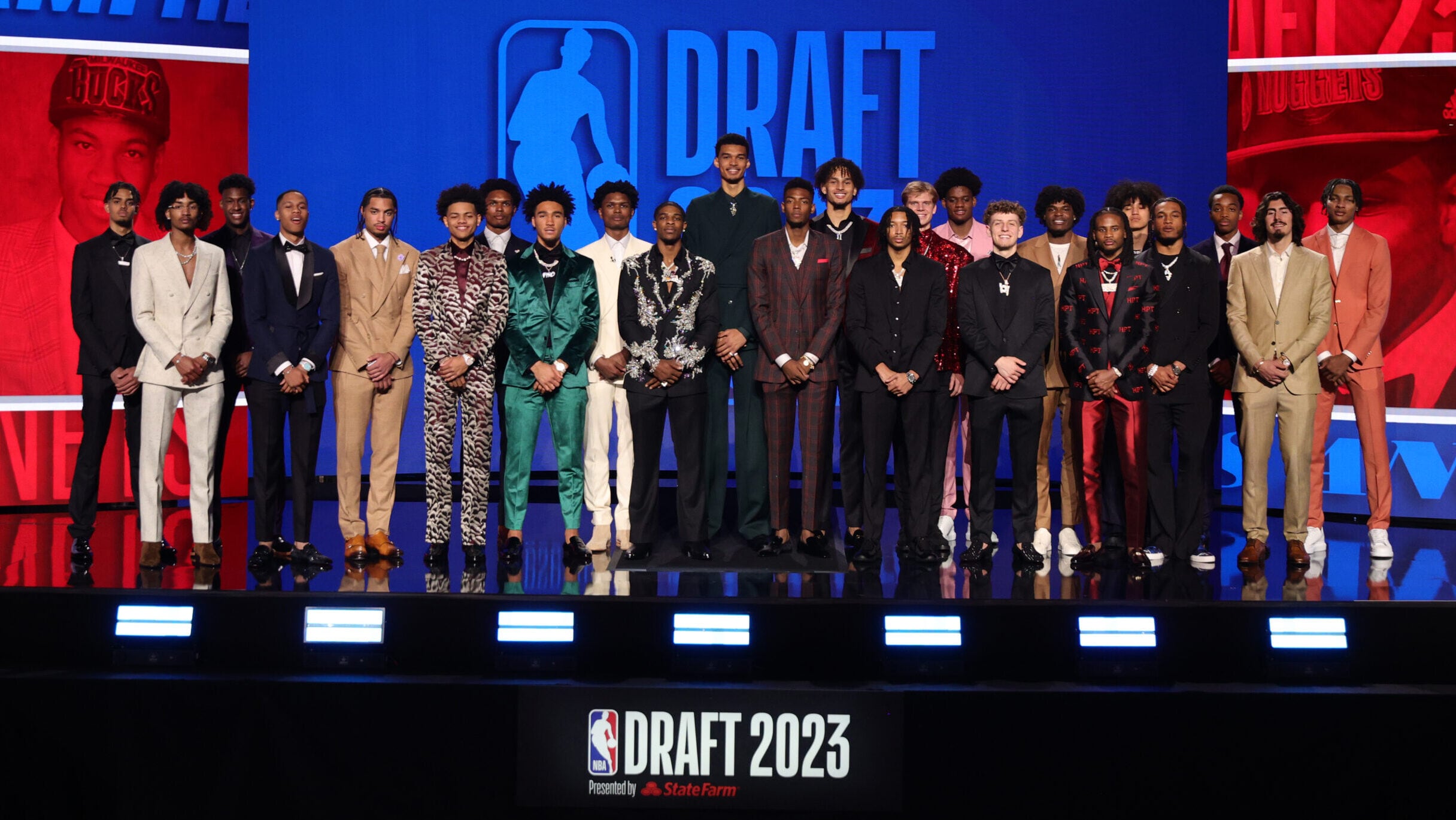
Source: nba.com
With the purported uneven playing field, where larger markets attract marquee names with ease, the crux of competitiveness for underdog teams revolves around the NBA draft strategy. To illustrate, meticulous scouting and judicious picks can unearth future cornerstones capable of altering a franchise’s destiny. Shaping raw talent into all-stars becomes a fundamental creed for these teams, often inscribed within their development programs to craft a more equitable battle against goliath franchises.
Importance of Community Legacy
Smaller market teams invest deeply in rooting themselves within the fabric of the local populace, forging a resilient NBA community legacy. It is through these profound connections that a sense of belonging and loyalty burgeons, creating an indomitable bastion of support. This intrinsic alliance translates into a robust and tenacious fanbase that bears the potential to elevate the team’s competitive spirit, galvanizing players and management alike to strive for greatness.
Strategies for Staying Relevant in the NBA
To rekindle the flame of relevancy in a hyper-competitive league, small market teams adopt innovative strategies. From embracing a team-centric outlook to fostering a distinctive playing style, these endeavors are aimed at not only captivating the community but also intriguing the broader NBA audience. Implementing advanced analytics, leveraging the international player market, and capitalizing on strategic partnerships are pivotal for these teams to stay competitive and relevant.
| Strategy | Objective | Notable Beneficiaries |
|---|---|---|
| Targeted Draft Picks | Acquire high-potential players overlooked by larger markets | Utah Jazz, Indiana Pacers |
| Integrated Player Development | Refine raw talent to form the core of the team’s future success | Oklahoma City Thunder, San Antonio Spurs |
| Community Engagement | Establish a devoted local fanbase to enhance game-day revenue and support | Memphis Grizzlies, Milwaukee Bucks |
| Innovative Coaching | Create a unique identity and style of play to surprise larger opponents | New Orleans Pelicans, Denver Nuggets |
NBA Smallest Markets List – Franchise Value and Revenue
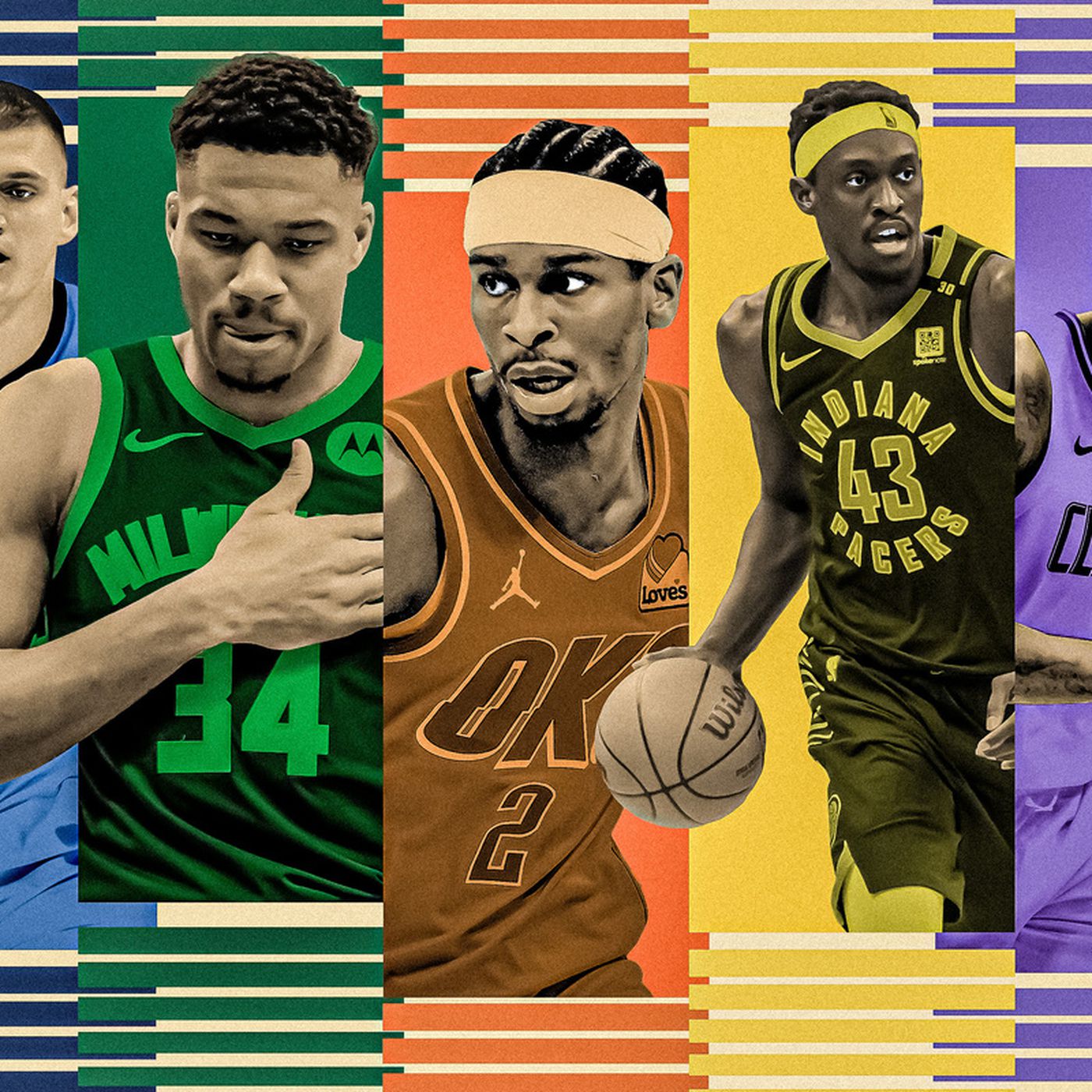
Source: theringer.com
One of the most telling metrics in the business of professional basketball is the franchise value of NBA teams, directly influenced by market size. This value helps indicate economic robustness, future investment potentials, and growth trajectory. Moreover, it offers insights into operational profitability when joint with NBA team revenue data. Smaller markets, defined here according to the latest 2024 smallest NBA markets research, often correlate to lower franchise values and revenues. However, these metrics are not solely dependent on the team’s geographic location but a myriad of other influential factors.
Some of the 2024’s smallest NBA markets encompass areas like Memphis and New Orleans. While the franchise values in these regions are comparatively modest, team performance and fan loyalty can play significant roles in boosting financial profiles. The NBA team financial ranking encapsulates these dynamics, showcasing how franchises navigate the fiscal landscape within small markets.
The following table integrates franchise value with revenue streams, contrasting select small market teams within the NBA. This visual representation serves to highlight how varying factors beyond market size contribute to a team’s financial standing.
| NBA Team | Franchise Value | Revenue | Stadium Capacity | Team Performance |
|---|---|---|---|---|
| Memphis Grizzlies | $1.3 Billion | $220 Million | 18,119 | Playoff Contender |
| New Orleans Pelicans | $1.35 Billion | $210 Million | 16,867 | Mid-Tier Performance |
| Oklahoma City Thunder | $1.58 Billion | $224 Million | 18,203 | Rebuilding Stage |
It is evident from the data that while these teams may not compete with the likes of the New York Knicks or the LA Lakers in terms of market size, strategic management, team achievements, and dedicated fanbases can influence financial success. A well-rounded assessment such as this one, that goes beyond basic revenue models, paints a more comprehensive picture of the franchise valuation process. By exploring the inherent qualities that augment a franchise’s economic standing, we gain a deeper understanding of how smaller market teams carve their niche within the NBA’s financial tapestry.
Top Performers in the Smallest NBA Markets
Despite what traditional logic might suggest, NBA teams hailing from smaller markets are often not at a loss when it comes to popularity and fanbase enthusiasm. A significant factor in this anomaly is the star power in NBA, which has the potential to pull even the most geographically isolated teams into the limelight. Athletes with exceptional prowess and charisma capture fans’ admiration, enhancing their teams’ prestige far beyond the confines of local viewership.
Influence of Star Power in 2024
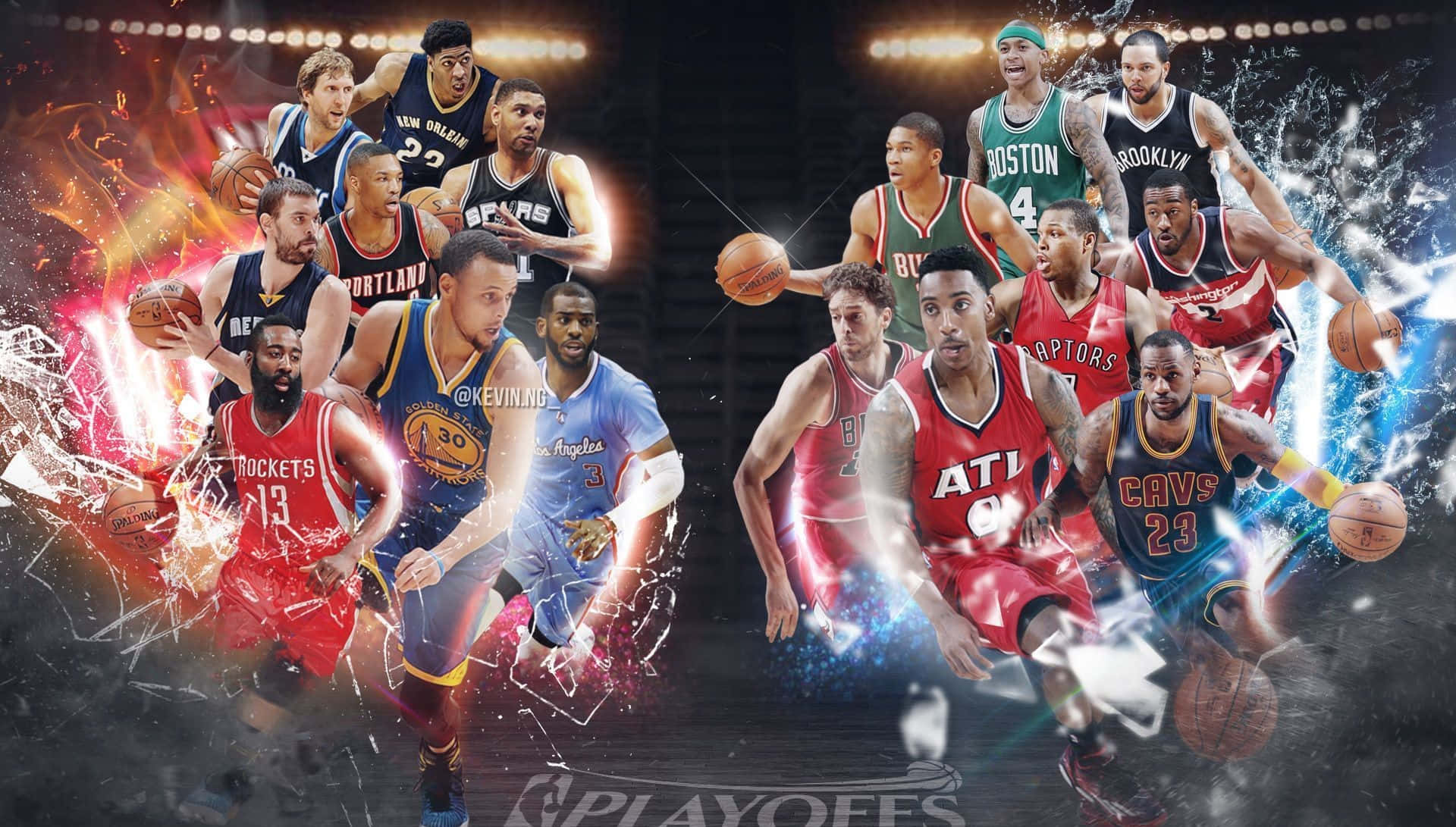
Source: wallpapers.com
The year 2024 has seen an upsurge in the influence of star players, who, through their on-court exploits and off-court personas, have reconfigured the commercial dynamics of the game. The Milwaukee Bucks and the San Antonio Spurs, while operating within smaller markets, have utilized their marquee players to generate a buzz that resonates across the league, proving that geographical market size isn’t an insurmountable hindrance for achieving national and even global appeal.
Measured through Social Media Engagement
One of the most quantifiable reflections of star power is witnessed through social media engagement. Teams are meticulously tracking how their athletes’ performances and personalities translate into online interactions. Posts featuring game highlights, player achievements, and even philanthropic acts contribute to a team’s social resonance. The digital footprint of popular NBA small market teams often rivals that of their big-city contemporaries, and social metrics have become a new arena of competition.
Examples of Popular Teams from Small Markets
The Milwaukee Bucks and the San Antonio Spurs are prime examples of popular NBA small market teams that have defied odds. They foster high levels of engagement and a passionate fanbase, indicating that a focus on building a strong team identity and culture, paralleled with star player support, can indeed bridge the inherent market size gap.
Moreover, the strategic use of digital platforms to amplify player narratives and team success stories has allowed these organizations to cultivate a digital presence that rivals any of their larger-market adversaries, effectively leveling the playing field.
2024 NBA Market Ranking: A Closer Look at the Numbers
Analyzing the 2024 NBA market rankings necessitates an examination beyond the baseline figures to understand the impact each team’s market size has on its operations and finances. The data paints a vivid picture of the disparities between teams, underscoring the hard numbers that small market NBA franchises work with. Here, we scrutinize the rankings and delve into what they portend for the smaller teams competing in the league.
| Rank | Team | TV Market Size | Revenue Streams | Advertising Potential | Sponsorship Opportunities |
|---|---|---|---|---|---|
| 1 | New York Knicks | Over 7 million homes | $1 billion+ | Very High | Extensive |
| … | … | … | … | … | … |
| 30 | Memphis Grizzlies | Under 1 million homes | Under $300 million | Low | Limited |
The data table encapsulates not just the statistics of television audience sizes, but how these figures are deeply interlaced with the kind of revenue and opportunities a team is expected to harness. Even at a glance, the variation from the top-ranking New York Knicks to the bottom-rung Memphis Grizzlies starkly highlights the uphill battle faced by teams located in the NBA’s smallest markets.
“Understanding the numbers is the first step towards strategically positioning a team for success, irrespective of market size,” emphasizes an NBA financial analyst.
This contextual dive into the NBA market sizes is further complemented by recognizing how teams leverage their existing assets to draw in more fans and negotiate better deals. While some teams extend their aura through historical success and star talent, others rely heavily on community engagement and fan loyalty to compensate for their limited market reach.
Through this lens, the 2024 NBA market rankings are not merely numbers on a table; they are reflective of deeper narratives that span decades and even touch on the cultural pulse of their respective locales. They provide significant insights for stakeholders looking to navigate the economic landscape of professional basketball in the United States.
- TV Market Size indicates a team’s local reach and potential viewership
- Revenue Streams highlight financial health and investment potential
- Advertising Potential shows attractiveness to businesses for endorsements
- Sponsorship Opportunities are key to boosting team revenue and fan experience
NBA Smallest Market Analysis: Success Beyond Size
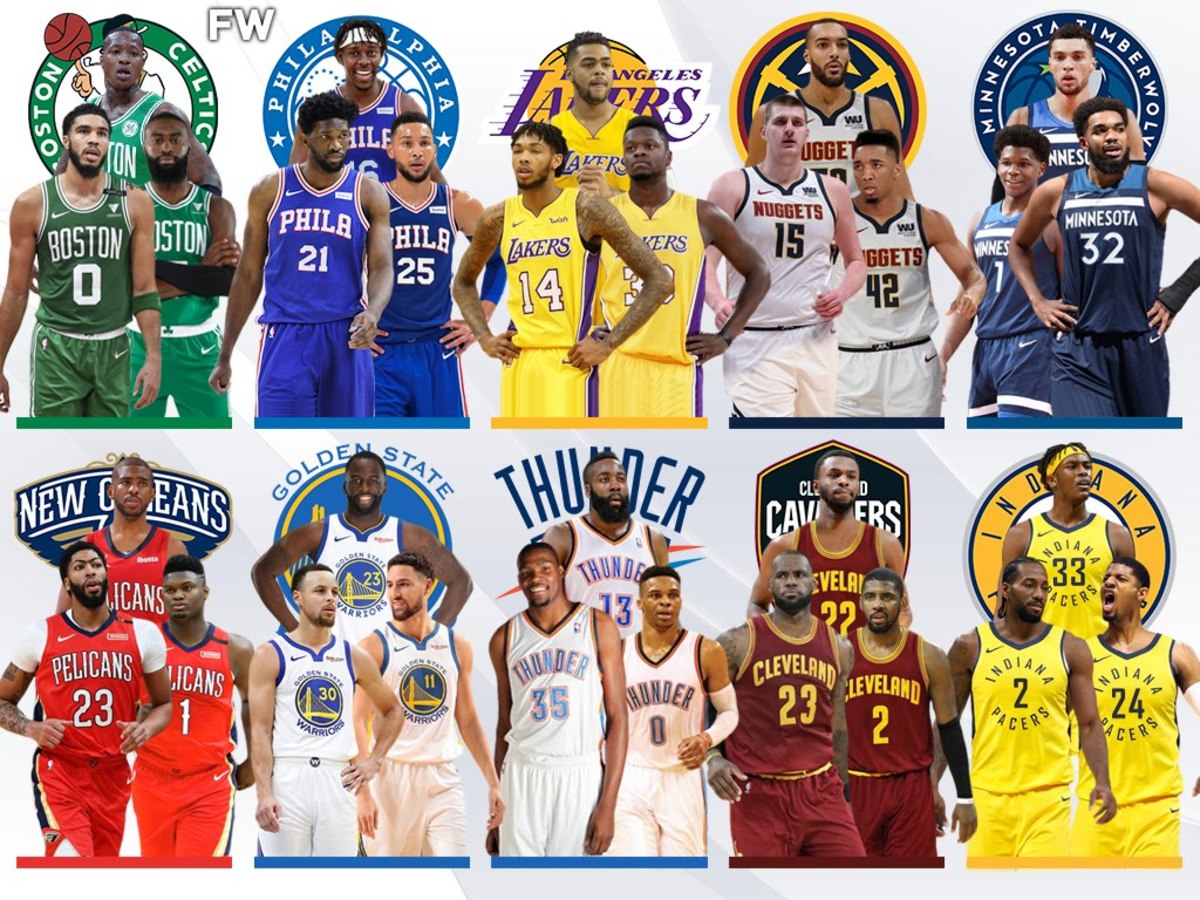
Source: fadeawayworld.net
In an era where the glitz and glamour of large NBA markets capture the lion’s share of attention, there lies a compelling narrative around the teams with a smaller spotlight. The smallest NBA markets, often overlooked, cultivate their unique brand of success, crafting stories that resonate deeply within their communities and beyond.
Can Strong Community Ties Overcome Market Limitations?
It is not the size of the market that always dictates the impact of an NBA franchise, but rather the depth of its roots within the community. Teams like the San Antonio Spurs have famously leveraged their smaller market status to create a tightly-knit fan base where every game feels like a home game, regardless of the location. This community connection can sometimes offset the financial disparities posed by a smaller market, reinforcing brand loyalty that rivals any large-market counterpart.
Building a Winning Culture in Smaller NBA Markets
Success in smaller NBA markets often hinges on a franchise’s ability to instill a winning culture that transcends the court. By focusing on homegrown talent, fostering long-term player development, and maintaining a steadfast commitment to community engagement, teams build a legacy. This commitment can result in a level of competitive spirit and resilience that not only survives but thrives within the confines of a smaller market. In essence, while these teams may not always lead in market size, they champion a spirit that often leads to unexpected victories and enduring fan allegiance.
Conclusion
As we’ve journeyed through the landscape of the NBA’s smallest markets, the data has shed light on the various challenges and opportunities that shape these franchises. We’ve explored how market size influences team operations, from local advertising potential to sponsorship deals and the draw of high-caliber players.
It’s clear that teams such as the Memphis Grizzlies and the New Orleans Pelicans carve out their success pathways within the constraints of their smaller markets. Their stories illuminate the reality that, despite financial disparities, competitiveness and community rapport can uplift a franchise beyond the numbers.
In 2024, market size remains a significant determinant of team revenue, with TV audience metrics and metro population size driving these financial outcomes. However, the various strategies employed by smaller market teams highlight their resilience and ingenuity in fostering loyalty, maximizing their draft strategies, and leveraging the allure of their cities and fan bases. The inspiring performances from teams like the Milwaukee Bucks and the San Antonio Spurs have proven that market size does not predetermine destiny.
Ultimately, the NBA’s varied landscape, from the broadcasting behemoths in New York and Los Angeles to the more intimately scaled markets of Oklahoma City and Memphis, showcases a diverse and dynamic league.
Each team, regardless of market size, contributes to the fabric of the NBA, illustrating that success is multifaceted and often transcends the boundaries of market demographics. The saga of these franchises continues to captivate audiences, demonstrating the enduring spirit of competition and community that defines the heart of basketball.
Also read: Top 10 Tallest Female Basketball Players in WNBA History
FAQ
What determines an NBA team’s market size?
An NBA team’s market size is primarily determined by its local TV market size, which consists of the number of homes in the viewing area and is influenced by the region’s metropolitan population size as per the US census and other estimates.
How does market size impact NBA team operations?
Market size affects NBA team operations by influencing local advertising and sponsorship opportunities, TV revenue potential, attractiveness to free agents, and the ability to secure beneficial partnerships, including lucrative local TV deals.
What is local TV audience size and why does it matter?
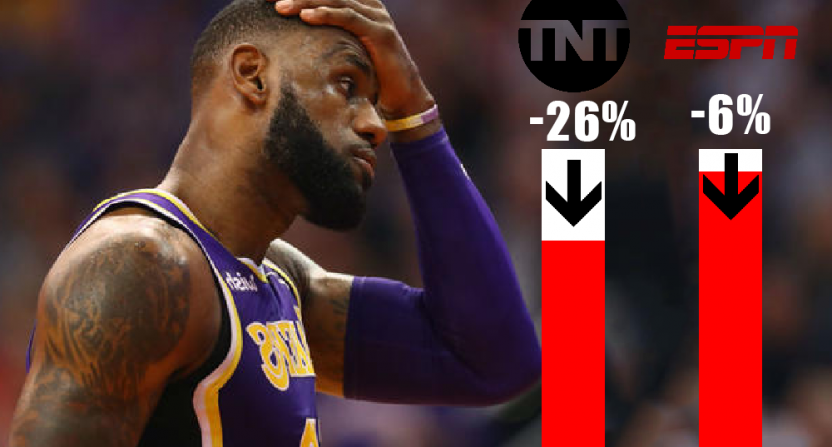
Source: awfulannouncing.com
Local TV audience size refers to the number of homes within an NBA team’s viewing area. It’s a pivotal metric that impacts revenue generated from local network deals and is crucial for a team’s financial performance.
Why is it useful to compare the largest and smallest NBA markets?
Comparing the largest and smallest NBA markets helps to illustrate the vast differences in potential revenue, sponsorship, and advertising opportunities, as well as the challenges and strategies employed by teams across the league.
Which NBA teams are in the smallest markets in 2024?
In 2024, the Memphis Grizzlies, New Orleans Pelicans, and Oklahoma City Thunder are among the NBA teams in the smallest markets, based on their local TV market sizes.
What unique challenges do the smallest market NBA teams face?
The smallest market NBA teams face challenges like reduced local advertising and sponsorship opportunities, a lower draw for attracting high-profile free agents, and securing less lucrative TV deals compared to larger market teams.
How do smallest market NBA teams remain competitive?
Smallest market NBA teams maintain competitiveness through strategic drafting, player development, building strong community ties, and leveraging their legacy. They often have a deliberate approach to building and maintaining relevance in the league.
What factors affect the franchise value and revenue of smallest market NBA teams?
Factors that affect franchise value and revenue for smallest market NBA teams include market size, team success on the court, stadium capacity, location, and the strength of community ties and legacy.
How do star players influence the smallest NBA markets?
Star players greatly influence the smallest NBA markets by enhancing team popularity, driving social media engagement, and increasing fan base, sometimes even transcending market size limitations.
Can teams from the smallest NBA markets become fan favorites?
Yes, teams from the smallest NBA markets, like the Milwaukee Bucks and San Antonio Spurs, have demonstrated that with the presence of star players and smart management, they can achieve significant popularity and fan engagement.
How important is community support for teams in the smallest NBA markets?
Community support is crucial for teams in the smallest NBA markets; strong community ties can lead to loyal fan bases and improve a team’s influence and presence within and beyond their market size limitations.
What strategies help smaller NBA markets build a winning culture?
Strategies that help build a winning culture in smaller NBA markets include focusing on player development, fostering a strong sense of team identity, and consistently engaging with the community to build loyal support.

